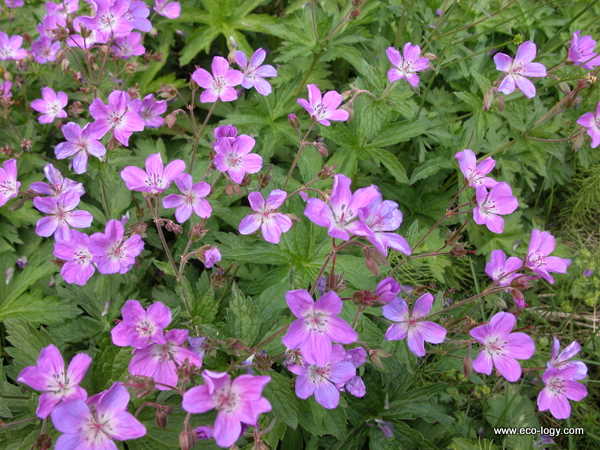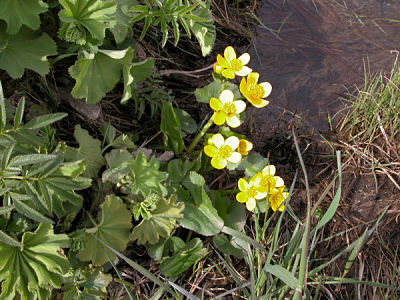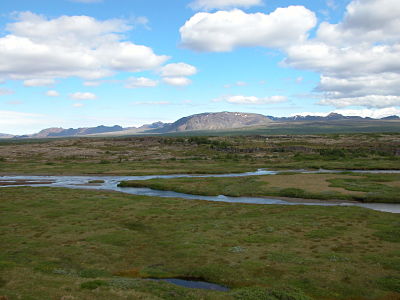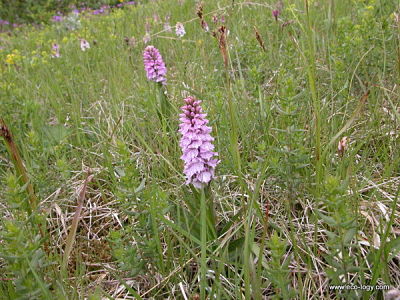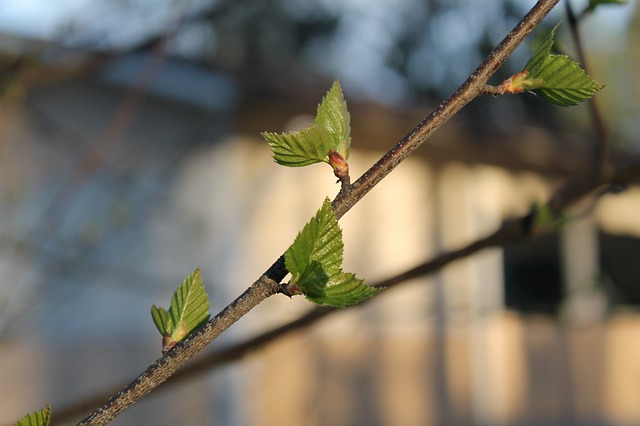Delightful ginger
Ginger is the common name for the robust perennial monocot Zingiber officinale. The plant carries fragrant flowers and belongs to the Ginger family (Zingiberaceae). Originating in southern China, Ginger is cultivated throughout tropical and subtropical Asia, especially India. Varieties of Ginger are also grown on other continents, such as Africa and in Neotropical regions of South America. Ginger was brought to Europe by the Romans, and later reintroduced by Marco Polo. The ginger products differ among regions, there are two major varieties, the Jamaician and Indian. Japanese Ginger (Z. mioga) is a related species and is used in salads, as pickles in sushi and an ingredient of tempura dishes.
The gingerroot consumed by man is in fact a knotted, thick, pale rhizome, the rhizomes being the Ginger plants tuberous shoots. Rhizomes are the plant’s primary form of spread, while fruit-eating birds may disperse the seeds. The large, fleshy rhizome, the so called gingerroot contains volatile oils and pungent phenolic compounds. Today, gingerroot is still widely used as a digestive aid, to reduce nausea and occasionally more serious conditions. While fresh Ginger is more refreshing, dried Ginger is sold as a powder and maintains the pungent taste of fresh gingerroot. Fresh Ginger is now available in food stores all over the world and like many other herbs and spices is best consumed fresh. Ginger is a nice addition to many western as well as oriental dishes, and a refreshing tea may be prepared from slices of gingerroot.
Fáðu nýjustu fréttir og tilboð frá Þund!
Get updates and special offers from Thund!
